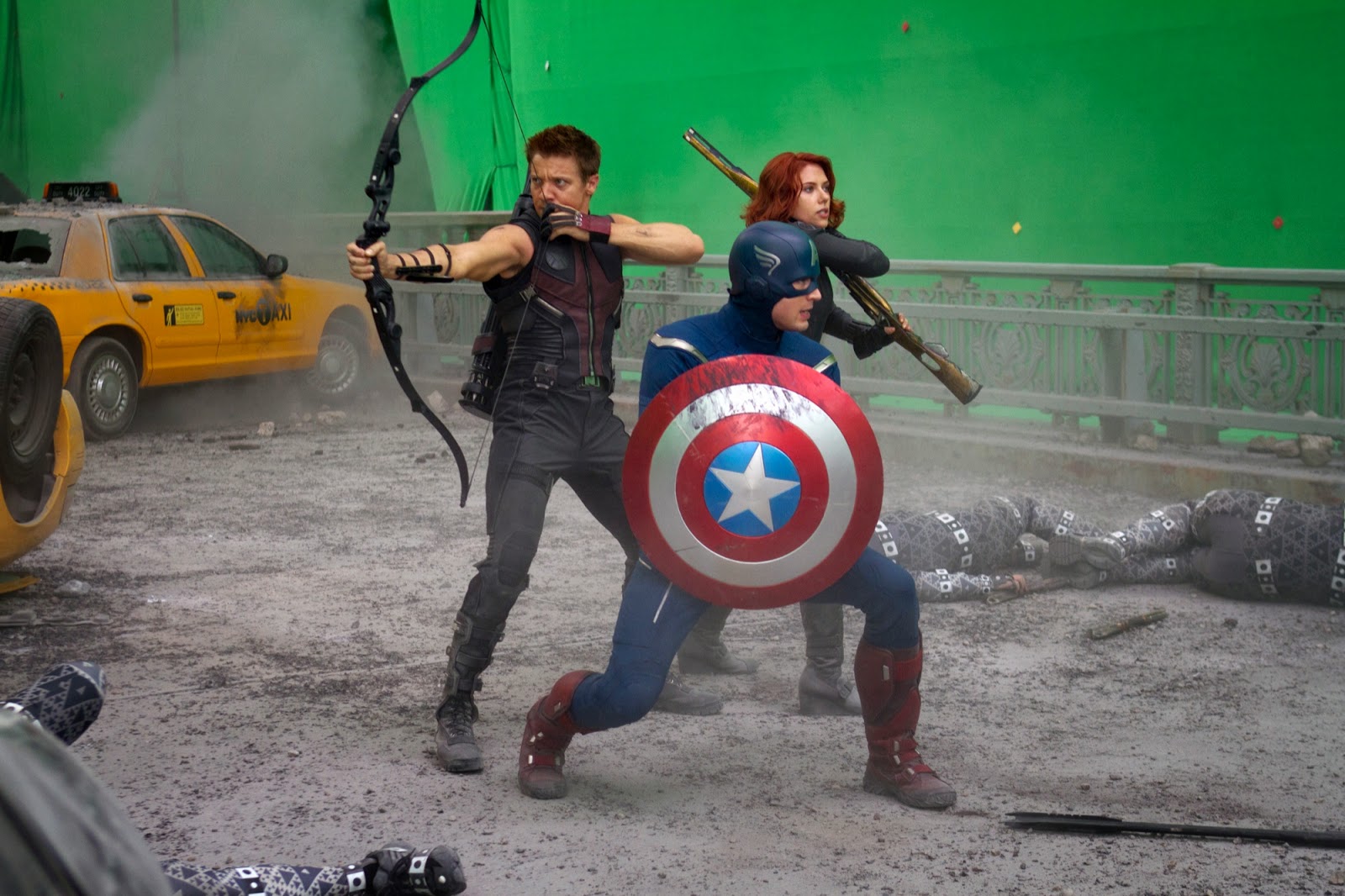Ah, the jerky black and white movements of a man in a suit made out of old pipes and microwave ovens. Science-fiction movies are one of the genres of film which have witnessed the most incredible change in look and design over the decades. The best comparisons to be made are the differences between the black and white scarefests of the 1950s such as The Day The Earth Stood Still and Invasion Of The Bodysnatchers and the big-budget computer graphics driven blockbusters of the 1990s and 2000s like Independence Day, the new Star Wars movies and (as an interesting comparison to the original) the remake of The Day The Earth Stood Still starring Keanu Reeves.
Early movies tended to concentrate on low numbers of alien figures with singular and small spacecraft due to the fact that creating vast props and hugely elaborate costumes was a prohibitively expensive and time consuming exercise. With that in mind they generally tended to concentrate on making a central alien character as prevalent as possible, making sure that they had access to some form of “laser” technology that could be added to the production afterward with the somewhat primitive computer special effects that were available in what was basically a B-Movie industry alongside the more popular romance, Western and comedy genres which brought in the crowds. Indeed, the only special effects really to be seen at this time aside from the “laser” effect which were generally created by bright light camera work melded onto the original film.
Fast forward half a century and you find yourself in a different era of movie technology. With the passing of the years the genres of choice have changed and science-fiction has gone from the sidelines to the forefront along with the rise in popularity of general action adventure. The priorities within the genre have also changed with the onus now on big, wide ranging alien fleets and elaborately designed alien lifeforms, more often than not presented by CGI (Computer Generated Imagery) such as pretty much everything that isn’t human in Starship Troopers, the city-sized motherships in Independence Day and the antagonists in I, Robot. These CGI effects have made the impossible possible in movie-making but have also led to the argument that the storyline, plot and acting have ended up second fiddle to the special effects and big explosions, making the movies pretty to look at but intellectually redundant, an example being the 2008 remake of the 1951 classic The Day The Earth Stood Still which many critics thought was almost entirely a special effects showcase devoid of any coherent story and woodenly acted.



